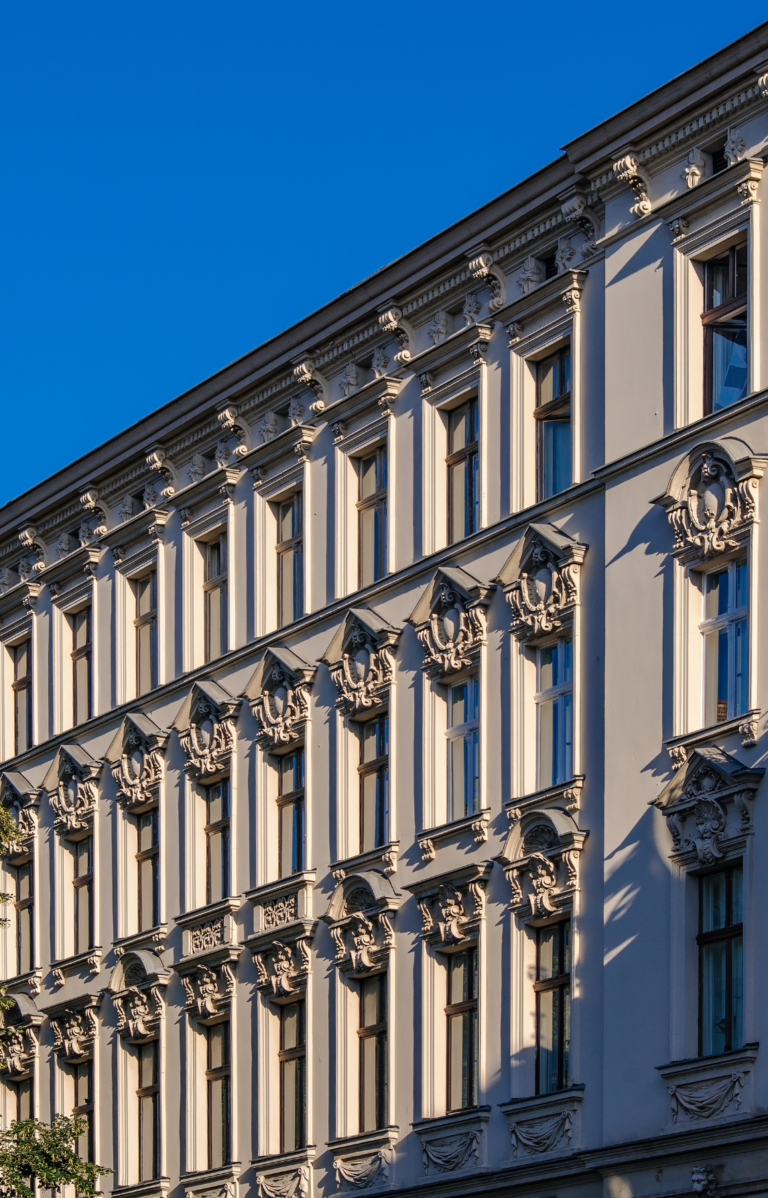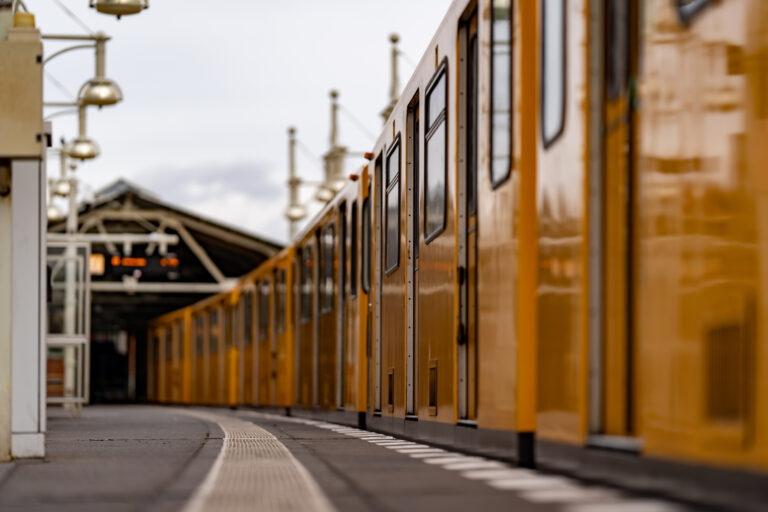Neukölln
It is the most international and diverse of all Berlin’s boroughs: from the hip, trendy neighbourhood in the north to the village idyll in southern Rudow and Britz, everything can be found in Neukölln. With the Tempelhofer Feld as a huge open-air playground for all generations and the proximity to the new Berlin airport, Neukölln has experienced an unprecedented upswing in recent years. This is also reflected in the steadily rising property prices.
A trendy neighbourhood with a thousand facets
Neukölln is simply unbelievable. The vibrant district in the south of Berlin is changing constantly and rapidly. Its diversity, the many different nations that live together here, make up the pace and dynamism of this fascinating district. Neukölln is sociable, noisy and chaotic – but that is precisely where its enormous potential lies: everyone who wants to fulfil themselves will find their place here. Neukölln is big and tolerant enough for everyone: artists, tech companies or young chocolate manufacturers. The openness to new things makes the multi-ethnic district between kebab shops and natural wine bistros a kind of laboratory for the future that shows Berlin its almost infinite development possibilities in an unorthodox way. But you can still take a deep breath here – on Tempelhofer Feld or on Maybachufer. In the south, Neukölln resembles a green suburb. In Böhmisch-Rixdorf it exudes village flair.
Highlights & Tips

Maybachufer
On the Neukölln side of the Landwehrkanal you will find one of the liveliest weekly markets in the city every Tuesday and Friday. The oriental bazaar with a neighbourhood flair offers international specialities, fresh fruit and vegetables, cheese, regional organic bread, handicrafts, fabrics and ribbons. If you’re in the mood for donuts on Maybachufer: Brammibal’s has the best in town. A few steps away, Populus Coffee serves home-roasted coffee.

Hufeisensiedlung
It is an icon of modern urban development: the housing estate in the Britz district, built by the architects Bruno Taut and Martin Wagner and the garden architect Leberecht Migge between 1925 and 1933 in the shape of a horseshoe, has been a UNESCO World Heritage Site since 2008. Architecture fans can experience the special design and colour scheme of the estate houses in the “Tauten Heim”. The perfectly restored terraced end house with garden, terrace and historic tiled stoves is furnished original in the style of the 1920s and can be rented as a holiday home.

Tempelhofer Feld
A visit to Tempelhofer Feld is like a trip to the countryside – without having to leave the city. Since it was opened to the public in 2010, Berlin has gained one of the largest urban open spaces in the world with international appeal. Where airplanes used to take off, there are now more than 300 hectares of green leisure and recreation space for playing sports, skating, walking, picnicking, cycling, kiteboarding or simply lying in the grass and relaxing.

Restaurant eins44
With contemporary and seasonal cuisine, eins44 offers exclusive food without ballyhoo, but with plenty of taste, the best products, and the highest level of craftsmanship. Head chef and star veteran Daniel Achilles alongside his dedicated team of chefs prove that fine dining can combine first-class enjoyment with pleasure and ease. Whether as a menu or à la carte.

Volkspark Hasenheide
From the zoo to the fairy tale playground to the outdoor cinema: Near the street Hasenheide there is a tree-rich area where animals from different continents live. An emu from Australia is one of them, as well as Kashmir goats from Asia, parks or alpacas from South America. The elaborately designed fairytale playground is centrally located: Here the children climb and romp under high wooden palm trees or board a pirate ship. Neighbouring the playground is the open-air cinema Hasenheide with 1,000 seats, which was built as a natural theatre from 1955 to 1958. The “Hasenschänke”, a snack pavilion in typical architecture with a forecourt, which is used as a café in summer, dates from the same period.
Discover real estate in Neukölln






































